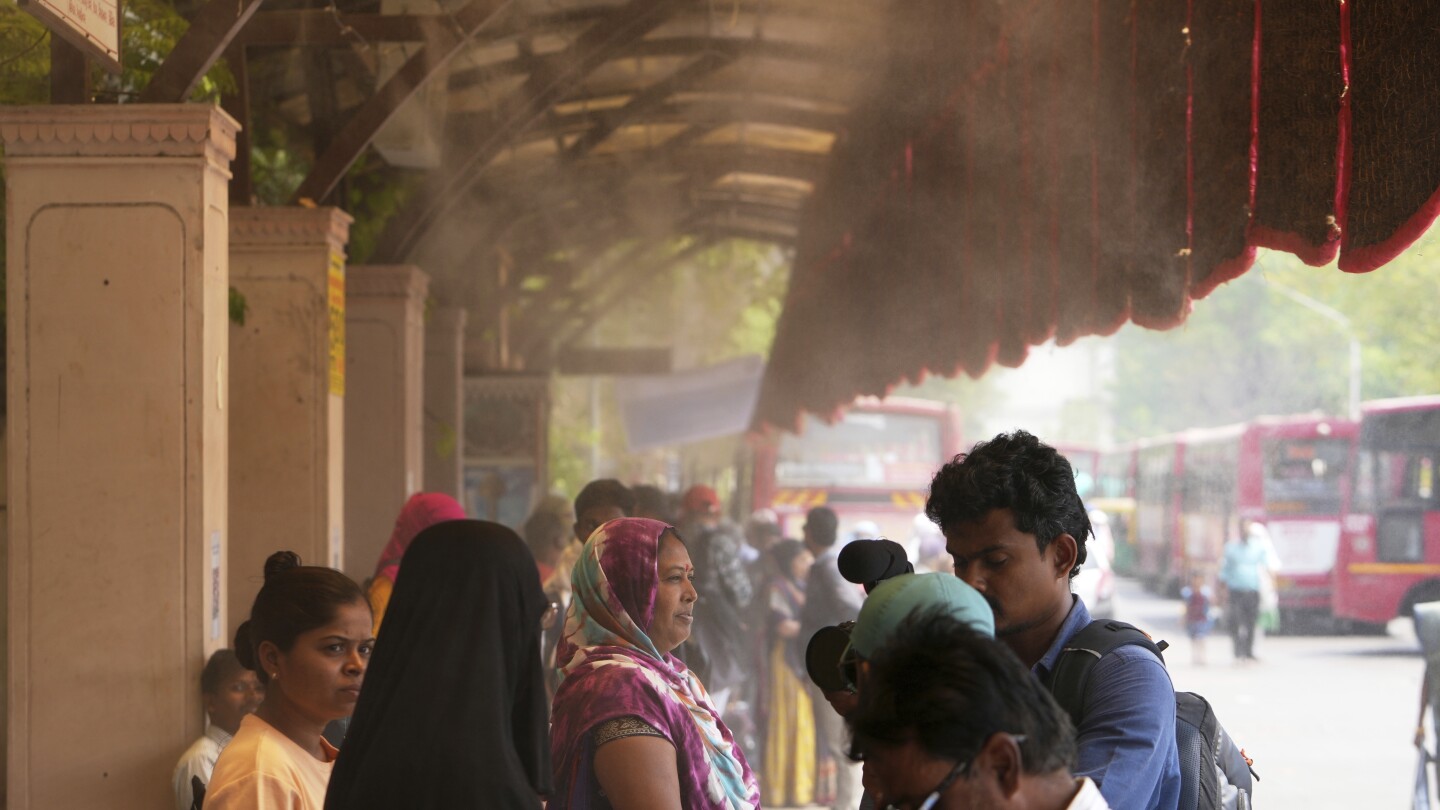Innovative Solutions: How an Indian City is Cooling Urban Heat with Reflective Paint and Sprinklers
In the face of record-breaking temperatures exceeding 45°C (113°F), Ahmedabad, India, has deployed an innovative urban cooling strategy combining reflective roof paint, bus stop misting systems, and heat action plans. The city’s 2024 initiative, building on its pioneering 2013 Heat Action Plan, demonstrates how adaptive urban design can combat extreme heat that now affects over 130 million Indians annually during pre-monsoon months.
The Science Behind Cool Roofs and Active Cooling
Ahmedabad’s Municipal Corporation has coated over 15,000 low-income households’ roofs with solar-reflective white paint since January 2024. This simple intervention reduces indoor temperatures by 3-5°C according to early monitoring data from the Indian Institute of Public Health. The calcium carbonate-based paint reflects 80-85% of sunlight compared to traditional materials that absorb up to 90%.
“Cool roofs are among the most cost-effective heat mitigation tools,” explains Dr. Priya Desai, climate resilience researcher at TERI. “For every 100 square meters treated, we see equivalent cooling to planting 10 mature trees, at one-tenth the cost of conventional air conditioning.” The city has allocated ₹12 crore ($1.4 million) to expand the program to public buildings and schools.
Misting Bus Stops and Hydration Stations
Complementing the architectural interventions, Ahmedabad has installed:
- 48 misting systems at high-traffic bus stops, reducing ambient temperatures by 4-7°C
- 120 solar-powered drinking water kiosks along heat-vulnerable routes
- Real-time heat risk alerts via SMS to 1.2 million registered residents
These measures specifically target outdoor workers and commuters, who account for 78% of heat-related hospital admissions according to 2023 public health data. Rickshaw driver Arjun Patel notes: “The bus stop sprays make the difference between dizziness and comfort during afternoon shifts. More cities need this.”
Why Heat Resilience Matters for Urban India
With the Indian Meteorological Department reporting a 1.5°C average temperature rise since 1950, heatwaves now arrive earlier and last longer. The 2024 Lancet Countdown report highlights that extreme heat caused 83,000 premature deaths in India between 2000-2019, with economic losses exceeding $100 billion.
Ahmedabad’s model provides scalable solutions as:
- 70% of India’s 2050 urban infrastructure remains unbuilt (World Bank 2023)
- Cooling demand may surge 300% by 2030 (Energy Policy Institute)
- Traditional solutions like tree planting struggle with urban space constraints
Balancing Innovation with Equity Concerns
While experts praise the technical approach, some community organizers emphasize implementation challenges. “The paint program initially skipped informal settlements without property titles,” says housing rights activist Meena Kapoor. “We pushed for inclusive criteria prioritizing health need over bureaucracy.” The city has since adjusted eligibility requirements.
Energy economists also note tradeoffs. “Reflective surfaces reduce indoor cooling loads but may increase street-level albedo effects,” cautions IIM Ahmedabad professor Rajesh Gupta. “Integrated planning must consider microclimate interactions.”
The Future of Heat-Resilient Cities
Ahmedabad’s innovations are inspiring adaptation across South Asia, with five Indian states and two Nepalese cities adopting similar measures in 2024. The approach aligns with India’s Cooling Action Plan targets to reduce cooling demand 20-25% by 2038.
Emerging technologies being piloted include:
- Phase-change materials in road construction (pilot results expected July 2024)
- AI-powered heat risk mapping using hospital admission patterns
- Cooling-oriented building codes for new construction
As climate scientist Dr. Anjali Nayak summarizes: “Ahmedabad proves we needn’t choose between development and adaptation. Smart cities must become cool cities.” With heatwaves projected to affect 600 million Indians by 2050, such solutions can’t come soon enough.
Urban planners and policymakers can access Ahmedabad’s Heat Action Plan toolkit through the NRDC-India website to explore implementation frameworks.
See more Your Daily Weather



